| 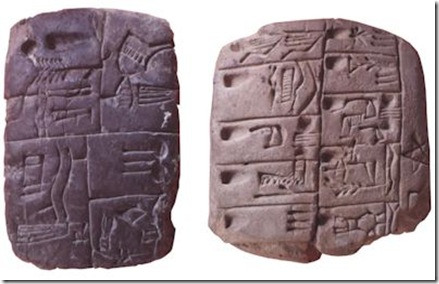
|
| Mesopotamian headlines? |
Today's Iraq never fails to make headlines. There was a time when Iraq made history, not news--when Mesopotamia actually helped get civilization on its feet. Today, let's take the long view and look at the "old news."
Toddling through Mesopotamia
Some people say Iraq is democracy's greatest test. Others say it's a violent mess. But a historian will say Iraq's the cradle of civilization.
It's true. Ancient Iraq--Mesopotamia--was likely home to the first agriculture, the first cities, the first laws. It was home to the first wheel and the first writing, too. It was where humans grew out of cultural diapers and into toddler training pants. Here's the story, step by toddler step.
Solid Food --
Agriculture
The days of "cavemen" hunting mammoths in the snow really weren't that long ago. The last Ice Age didn't end until around 10,000 BC, and mammoth meatloaf stayed on man's menu for centuries after that. Lunch came largely where you found it--find a berry, eat a berry. Archaeological evidence suggests that a few crafty cowboys (or bad hunters) domesticated cattle, pigs, sheep, and goats and started tending to their food. But nobody grew crops.
People gathered wild grains where they could, of course. Eventually, someone was bound to notice that a few scattered grains of wheat or barley had sprouted beside the grinding place. Archaeologists think this "a-ha!"--perhaps the most important "a-ha!" in human history--happened around 8000 BC, with the first farmers donning seed-corn caps in the fertile land between the Tigris and Euphrates rivers. They've identified other contenders for the "first farmer" title, too, in Asia and the Americas. One thing is for sure. With a surplus of food like never before, the people of Mesopotamia (Greek for "land between the rivers") flourished.
Getting Wet and Keeping Dry --
Villages & Cities
As long as lunch was on the hoof, nobody had much incentive to stay in one place. Farming, for the first time, gave people roots, and semi-permanent villages sprang up with the crops. Still, successive plantings sucked the life out of the soil, and people eventually had to pick up and move to a new garden spot. The farmers of Mesopotamia had an advantage here: river water, and plenty of it, fed the alluvial land. The trick was controlling it, both to water the crops and to keep it from flooding the village. So people learned the art of irrigation, dikes, and dams. Add in crop rotation, and you've got villages built to last throughout Mesopotamia.
You've got one more thing, too: government. Maintaining complex irrigation and flood control systems took organization and specialization. You grow the food, and I'll dig the ditches. And Uncle Gilgamesh will collect the taxes to pay my salary and maintain the public works. By 3500 BC, the world's first city-dwellers lived in Mesopotamian burgs where thousands of people did dozens of different jobs--and where anyone would have recognized the old joke about death and taxes.
Circle Time --
The Wheel
Fred Flintstone aside, the wheel was not a Stone Age tool. As Mesopotamian villages gradually morphed into cities between 5000 and 3500 BC, the people closest to the Persian Gulf, called the Sumerians, achieved particular prominence. By 3500 BC, some Sumerian Sam (or Samantha) had figured out how to make a wheel. A Sumerian pictograph from around 3500 BC actually features the wheel in an infomercial-style before-and-after shot, showing a wooden sled side-by-side with a virtually identical wheeled "sled."
Inspiration seems to have come from the potter's wheel, which appeared in Mesopotamia around the same time. All early models of the wheel consisted of three planks of wood clamped together with two crosspieces and carved to roundness. By 2000 BC, deluxe models had spokes. Oxen were sold separately.
One-Two-Three, ABC --
Cuneiform
Around the time the wheel became something to write home about, Sumerians learned how to write home. Thank the accountants, not the English majors. City life had gotten complicated, and merchants and tax collectors could no longer just remember who paid how much for what. So they started keeping simple accounts--tallies and tokens designed more to jog the memory than anything else. Soon, would-be writers started using pictographs to represent objects, and the pictographs, in turn, evolved into linear marks denoting not only objects but the sounds of spoken syllables as well.
Scholars today call the Sumerian symbols cuneiform--from the Latin cuneus, or wedge--because scribes made wedge-shaped characters by pressing the slanted end of a reed stylus into wet clay. When finished, they fired the clay to harden it. Thousands of these clay tablets survive today. The earliest tablets simply list commodities in various amounts next to people's names.
Playing Nice with Others --
The Law
By 2100 BC, people were writing more than receipts. They were recording the law, allowing legal precedent to pass more easily from one generation to the next. Tribal rules surely existed for thousands of years. But the communal complexity of city life expanded both the need for rules and the number of situations calling for a rule in the first place. The law simply outgrew oral pronouncements.
The first known legal code comes from the Sumerian king Ur-Nammu, who founded a dynasty at the city of Ur in 2112 BC. The most famous comes from Hammurabi, who started his rule in Babylon in 1792 BC, after the Sumerians gave way to the Akkadians upriver. Hammurabi didn't look kindly on criminals. Bad guys were as likely to die as face a fine. But he did apparently try hard for social justice. Those captured in the king's wars were guaranteed ransom, farmers hurt by drought or flood could ignore their debts, and wives abandoned by husbands got alimony and child support. True to writing's original purpose, many of the laws regulated commerce. Rule #105: Always get a receipt!
Michael Himick
June 8, 2005
From: KnowledgeNews






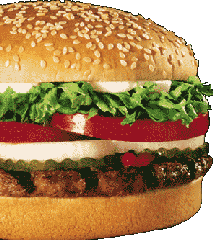






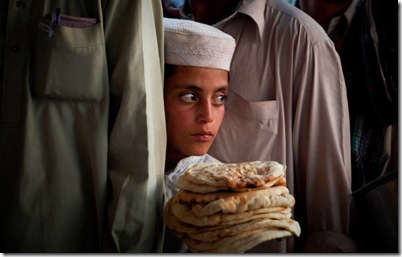

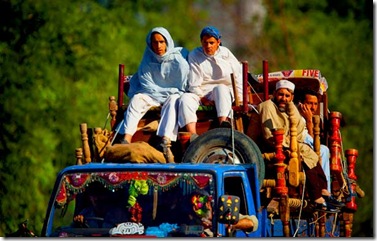



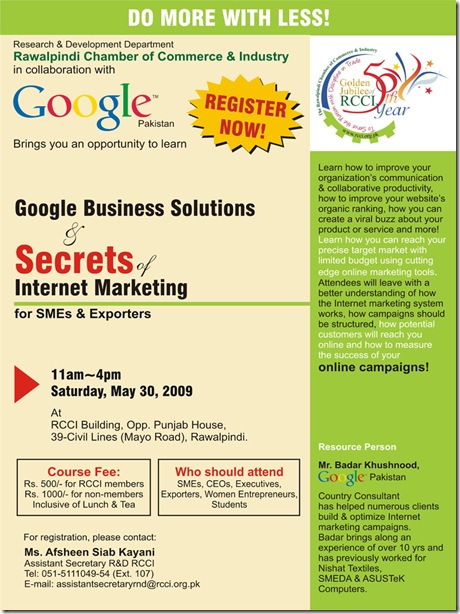






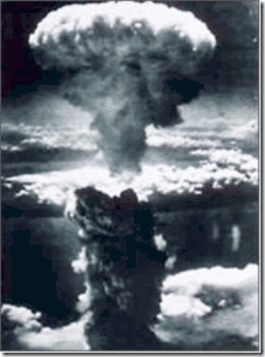


![clip_image001[7] clip_image001[7]](http://lh5.ggpht.com/_XuRuZMPMuvk/ShPdnnA7wDI/AAAAAAAAVjs/qmh9ssc_S5E/clip_image001%5B7%5D%5B3%5D.jpg?imgmax=800)
![clip_image004[7] clip_image004[7]](http://lh3.ggpht.com/_XuRuZMPMuvk/ShPdpKnrgdI/AAAAAAAAVjw/4qGJIrmzkpk/clip_image004%5B7%5D%5B3%5D.jpg?imgmax=800)
![clip_image005[7] clip_image005[7]](http://lh3.ggpht.com/_XuRuZMPMuvk/ShPdq7S0H-I/AAAAAAAAVj0/GmJmgivZa7k/clip_image005%5B7%5D%5B3%5D.jpg?imgmax=800)
![clip_image006[7] clip_image006[7]](http://lh3.ggpht.com/_XuRuZMPMuvk/ShPdsTCC5_I/AAAAAAAAVj4/39YgJXv_l4E/clip_image006%5B7%5D%5B3%5D.jpg?imgmax=800)
![clip_image007[7] clip_image007[7]](http://lh5.ggpht.com/_XuRuZMPMuvk/ShPdtvx70gI/AAAAAAAAVj8/AQLVoTPtlEo/clip_image007%5B7%5D%5B3%5D.jpg?imgmax=800)
![clip_image008[7] clip_image008[7]](http://lh4.ggpht.com/_XuRuZMPMuvk/ShPdve6bwAI/AAAAAAAAVkE/H_ARfUzeFfc/clip_image008%5B7%5D%5B3%5D.jpg?imgmax=800)